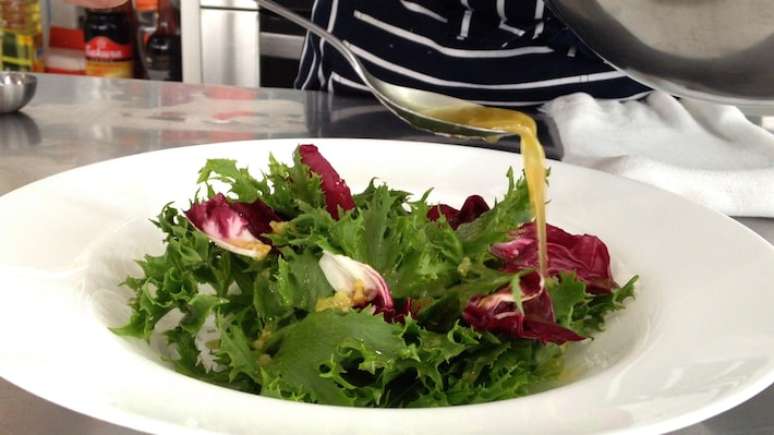Find out which fruits are in season in winter, their characteristics and recipes, and expert advice on using them in the kitchen
Winter officially began this Thursday (20th), marking the end of autumn and bringing into focus the seasonality of the season’s ingredients, both due to good adaptation to the colder climate, and also to natural harvesting cycles.
Here we explore winter fruits, pointing out the best options to look for in this season’s markets and fairs, their benefits and how to use them in your home kitchen, with tips and advice on their preparation.
There is good fruit all year round
It is customary to associate the fruit season with the hottest seasons of the year, especially summer, but the truth is that there are fruits in demand at any time of the year. Not only are they better and more available, but seasonal fruits are also more convenient and can be a more economical option for building a healthy, tasty diet.
The advice is to find out about seasonal fruits throughout the year.
What fruits are in season in winter?
In general, the winter months have citrus fruits as the main protagonist: oranges and mandarins, in particular, are popularly recognized for their good quality, flavor and visual appearance in this period, which runs from June until just over the second half of September .
Below is the list of some seasonal fruits in winter and their benefits for the body and cooking:
- Banana: You can find quality bananas practically all year round, with the exception of a few warmer months. In addition to desserts, bananas can work very well in savory recipes, such as banana farofa and even a banana risotto with Minas Gerais cheese. The fruit is rich in potassium, which can help with muscle function and blood pressure control.
- Carambola: With a sweet and slightly acidic flavour, carambola returns to being in season, approximately, from the months of July and August until the end of the season. With a good supply of vitamin C, the fruit can be used in jellies, syrups and even combined with tuna.
- Cashew nuts: The fruit comes back into season in the last months of the season and is also rich in vitamin C. Cashew pulp can be used in different ways in cooking: juices, drinks, desserts and even in ceviche.
- Kiwi: Fruit shines in recipes when served fresh, such as in cups and fruit salads. The presence of vitamin C and K stands out in kiwi, which remains in season until the end of the season.
- Orange: Oranges are particularly good in winter, and you can use them in juices, drinks, desserts and savory recipes, both as a side dish (as in feijoada) and in other types of preparations.
- Gossip and Mandarin: Even in the winter season, they can be used in salads, desserts, sauces and drinks. In addition to vitamin C, they contain fiber that can help intestinal function.
- Strawberry: With vitamins B complex, C and E, among others, strawberries are an ingredient that goes well with syrups, jellies, cakes and other types of desserts. Strawberry season generally begins during the month of August.
Recipes to make the most of winter fruits
In addition to the recipes mentioned above, we have separated some contents that can serve as inspiration for using these fruits in different ways in the kitchen, with advice and preparations designed by expert chefs.
11 ways to use strawberries
We have put together 11 recipes from different styles, chefs and inspirations to make you enjoy all the qualities and benefits of this fruit in the kitchen, especially thinking of strawberry desserts. Discover the full content here.
Orange sauces
The citrus notes of orange work very well in salad dressings, meats and sweet sauces. See some tips:
Source: Terra
Ben Stock is a lifestyle journalist and author at Gossipify. He writes about topics such as health, wellness, travel, food and home decor. He provides practical advice and inspiration to improve well-being, keeps readers up to date with latest lifestyle news and trends, known for his engaging writing style, in-depth analysis and unique perspectives.





![More beautiful life in advance: What awaits you on Tuesday 14, 2025 on Tuesday, October 14 in 441 episodes [SPOILERS] More beautiful life in advance: What awaits you on Tuesday 14, 2025 on Tuesday, October 14 in 441 episodes [SPOILERS]](https://fr.web.img5.acsta.net/img/6b/c3/6bc3aa68e4679ab288217fa4c5dc825e.jpg)


